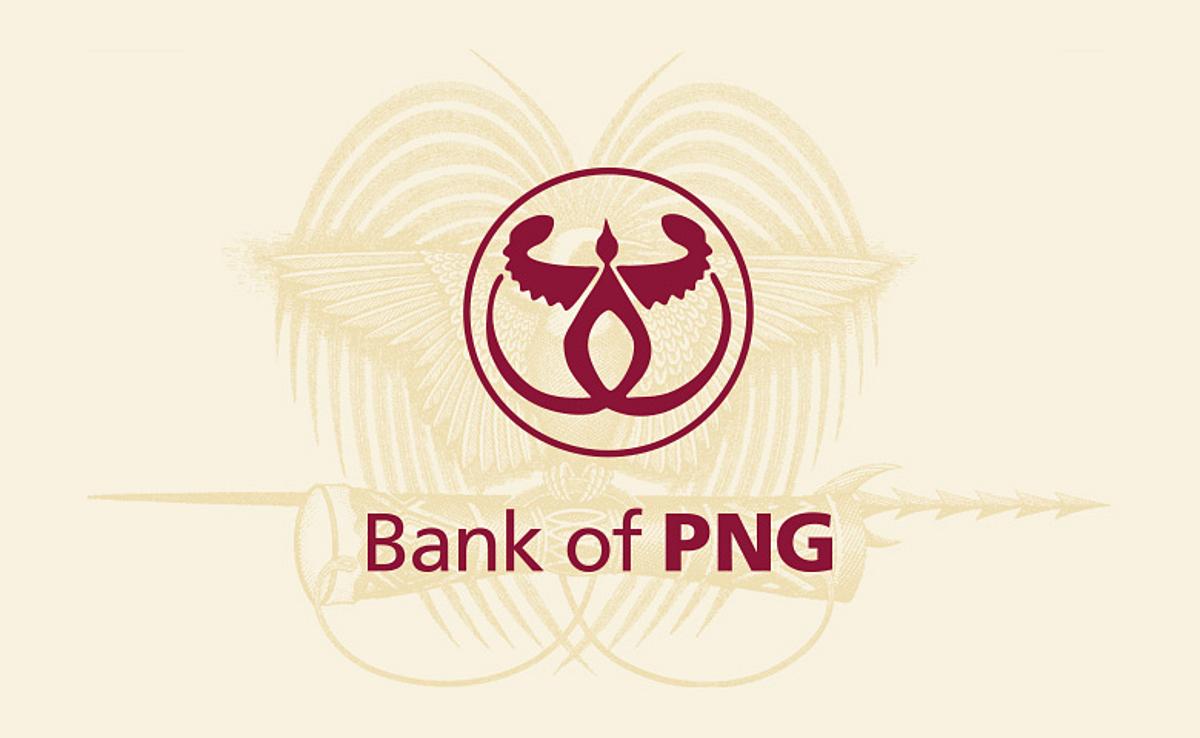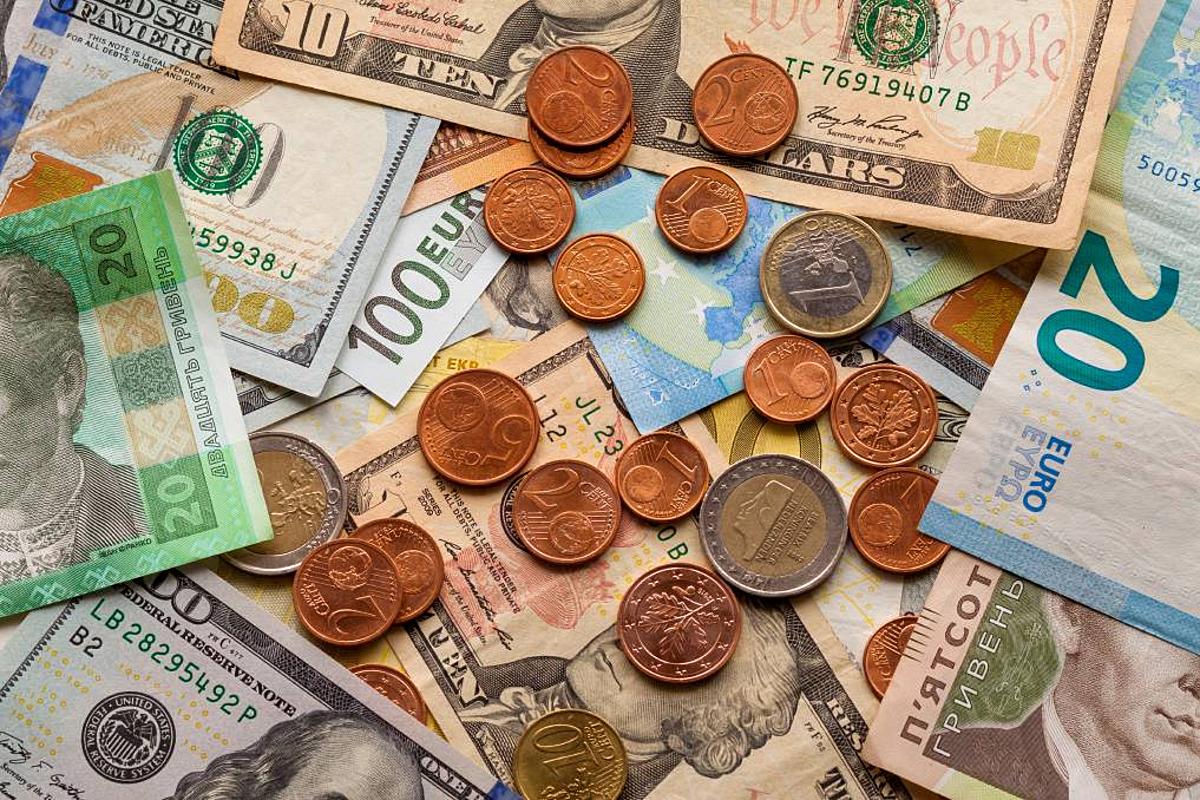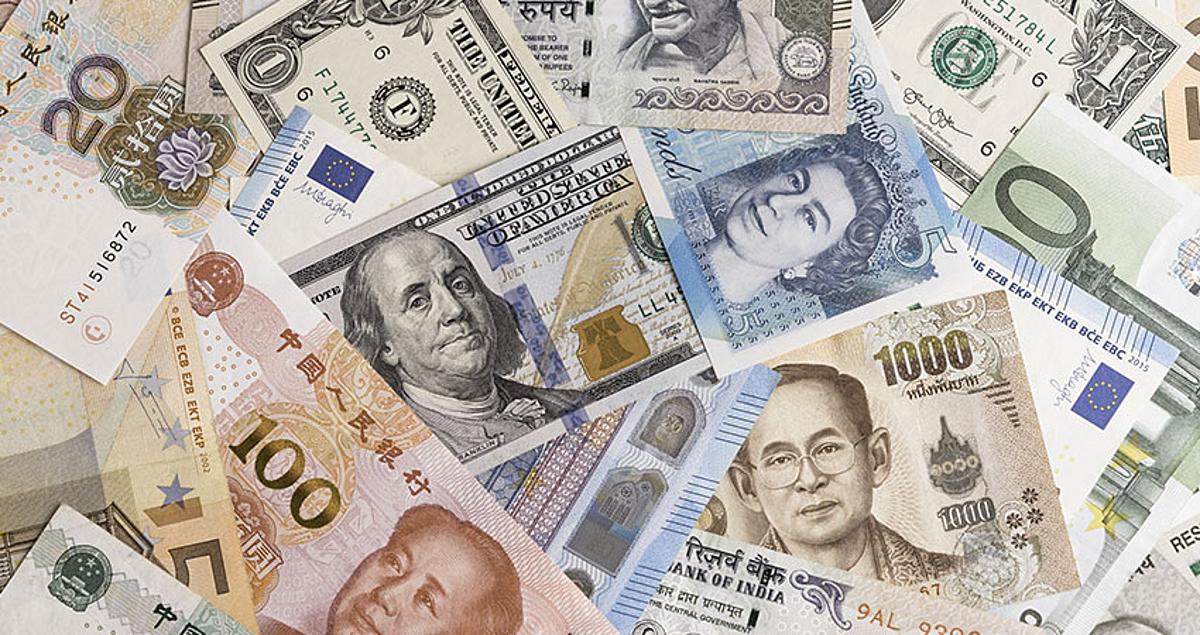Photo credit: EMTV - Governor Loi Bakani
The supply and demand for foreign money dictate how the foreign exchange market operates.
Governor Loi Bakani stated in the Central Bank's Monetary Policy Statement that PNG's foreign exchange supply is mostly derived from export receipts, government external loans, grants, and foreign direct investments.
Foreign exchange is needed primarily for the import of goods and services, the payment of external debt, dividend and income repatriation, and other transfers.
Physical products other than non-goods (service, dividends, transfers, and capital related-flows) normally have a payment time of up to two months before final remittances.
Because the foreign exchange orders are inside this window, they should not be confused with outstanding orders.
Bakani explained that following the kina's flotation in 1994, the currency fell against the USD and AUD until 2003, after which it remained relatively steady.
“The country did not take advantage of this opportunity to develop a robust non-mineral sector where the bulk of the population is engaged in, for employment, exports and revenue generation.
“The Government’s focus then, however, was mainly on the enclave extractive sector. With the special concessions allowed under the various PDAs, export proceeds of mineral companies are kept in their foreign currency accounts (FCAs) abroad.”
As a result, he noted, the economy did not reap the full benefits of persistent foreign cash inflows.
With the establishment of the PNG LNG Project in 2012, a substantial structural shift occurred.
“This contributed to the huge current account surpluses, but without corresponding flows into the foreign exchange market. This has undermined the proper functioning of the foreign exchange market and its exchange rate setting role.
“Given the development in the FX market and the exchange rate, a number of external researchers have suggested that the kina is overvalued and not convertible.”
To achieve external balance and support non-mineral private sector activity, a significant depreciation in the exchange rate is required, particularly for exports and import substitution.
However, a large depreciation may not necessarily result in the desired supply response in the non-mineral private sector due to structural impediments, according to the Central Bank's own internal assessment.
“It also shows that activity in the non-mineral private sector is driven by international commodity prices, domestic prices and Government spending relative to the impact of kina depreciation.
“Since the floating, the kina has depreciated by around 73.0 percent in nominal terms, while the impact on the supply response on agriculture production has been minimal.
“The large depreciation would also have a minimal impact on inflows by the mineral sector, and portfolio inflows.”
Bakani also pointed out that because PNG is an import-dependent economy, a significant devaluation would raise import costs and local inflation, negatively impacting people's well-being.
“For instance, a proposed 20.0 percent depreciation of the nominal exchange rate would lead to an increase in inflation of around 8.0 – 10.0 percent, and a further 13.0 percent depreciation will lead to inflation increasing further by around 6.0 – 8.0 percent.
“This would give a 14.0 – 18.0 percent increase over a three-year period. If other determinants of inflation are taken into consideration, inflation would be much higher.”
Furthermore, Bakani emphasized that exchange rate movement is a reflection of the economy's current structural problems and should not be viewed as a solution to the external imbalance.
While the Bank has made steps to strengthen the foreign exchange market's functioning, the Government must also adopt coordinated policy measures to expand and diversify the export base and stimulate import replacements.
Reference: Loop (4 November 2021). “BPNG Explains Importance Of Forex”.










